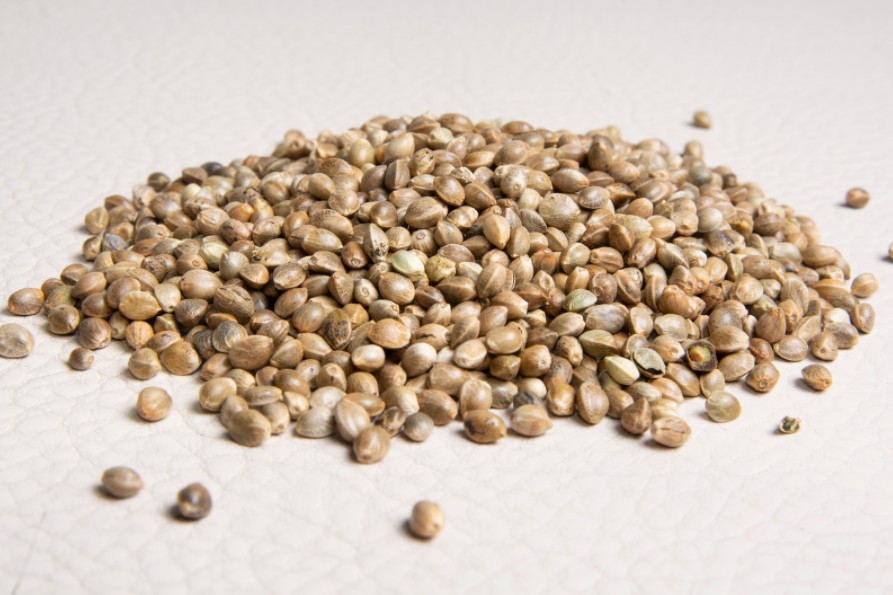Hashish, a plant with a wealthy history relationship back thousands of many years, has not too long ago taken center phase in conversations about biodiversity. As much more nations embrace the legalization of hashish, it can be important to recognize the effects of cannabis cultivation on biodiversity, notably as a result of the lens of its seeds. In this post, we will examine the intricate marriage concerning cannabis seeds and biodiversity, shedding mild on the worth of sustainable methods in nurturing a numerous and resilient ecosystem.
The Origins of Hashish and Seed Range:
Cannabis, scientifically regarded as Hashish sativa, is thought to have originated in Central Asia. Around the generations, it has spread throughout the world, adapting to different climates and ecosystems. The plant exhibits an astonishing range in its genetic make-up, resulting in a myriad of strains, each individual with its distinctive established of traits.
Cannabis seeds, the foundation of this botanical range, carry the genetic info that establishes the plant’s traits, including its development patterns, cannabinoid information, and resistance to pests and disorders. This genetic variety is a important ingredient of biodiversity, contributing to the total wellness and resilience of ecosystems.
Biodiversity Advantages of Cannabis Cultivation:
Genetic Resilience:
The range of hashish seeds makes sure that some strains are greater suited to particular environmental ailments. This genetic resilience will become specially important in the confront of climate improve, as selected strains may show more adaptable to shifting climate patterns, assisting ecosystems stand up to environmental worries.
Pest and Disease Resistance:
A diverse array of hashish strains implies different stages of resistance to pests and conditions. By cultivating distinct strains, farmers can decrease the reliance on chemical pesticides and foster a extra well balanced and purely natural solution to pest management. This, in convert, encourages a healthier atmosphere for other flora and fauna in the ecosystem.
Soil Wellbeing and Nutrient Cycling:
Hashish, when integrated into a numerous crop rotation process, can lead to soil health and fitness and nutrient biking. Specified strains have certain interactions with soil microorganisms, improving the soil’s fertility and over-all ecosystem health. This encourages a a lot more sustainable and regenerative agricultural tactic.
Issues to Cannabis Seed Biodiversity:
Monoculture and Genetic Erosion:
The growing desire for distinct cannabis strains has led to monoculture tactics, exactly where significant places are dedicated to cultivating a solitary pressure. This monoculture can consequence in genetic erosion, where the diversity in just the cultivated strain diminishes around time, making the overall crop additional susceptible to pests and illnesses.
Loss of Native Strains:
As commercial cultivation expands, there is a possibility of neglecting or displacing indigenous cannabis strains. These native strains might possess special genetic features that are important for the lengthy-expression sustainability of nearby ecosystems. The decline of such strains could have significantly-achieving consequences on biodiversity and ecosystem steadiness.
Sustainable Practices for Hashish Seed Biodiversity:
Crop Rotation and Diversification:
Implementing crop rotation with other suitable crops can break the cycle of pests and conditions particular to hashish. Diversifying cultivation techniques allows preserve a nutritious balance in the ecosystem and stops the overreliance on a one strain.
Seed Banking and Conservation:
Creating seed financial institutions focused to preserving a diverse selection of hashish seeds is critical for safeguarding genetic resources. Conservation efforts really should prioritize native strains, ensuring their availability for long run generations and possible use in restoring ecosystems.
Local community Involvement and Education and learning:
Participating regional communities in sustainable hashish cultivation tactics is necessary. Schooling about the worth of biodiversity, seed saving, and sustainable farming solutions empowers farmers to make educated possibilities that benefit both their livelihoods and the environment.
Conclusion:
Hashish seeds participate in a pivotal position in sustaining and maximizing biodiversity inside ecosystems. As the cannabis industry continues to evolve, it is critical to prioritize sustainable cultivation procedures that nurture and preserve the genetic diversity of this impressive plant. By embracing a holistic technique to cannabis cultivation, we can not only experience the rewards of numerous strains but also add to the all round well being and resilience of our normal globe.


